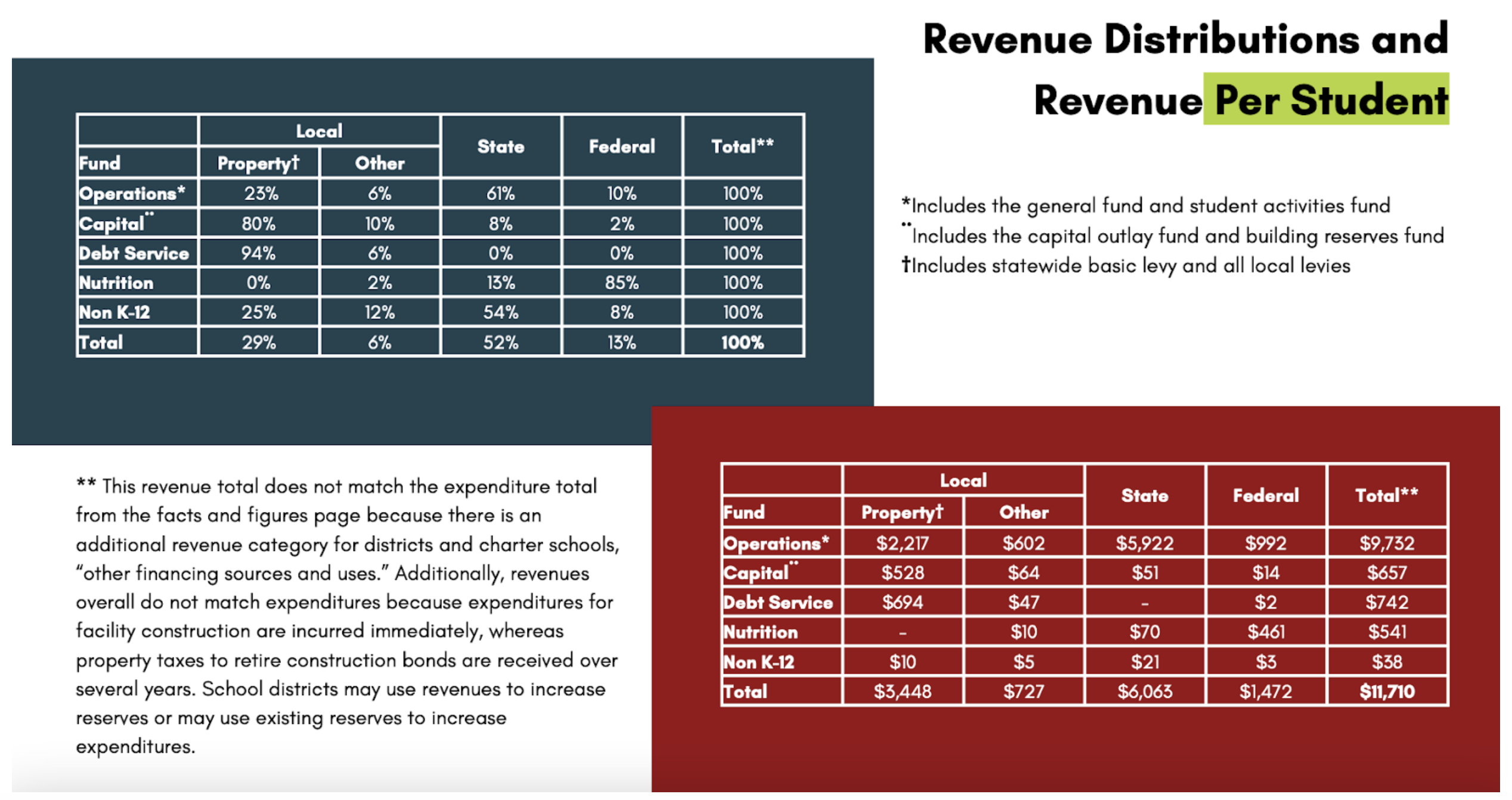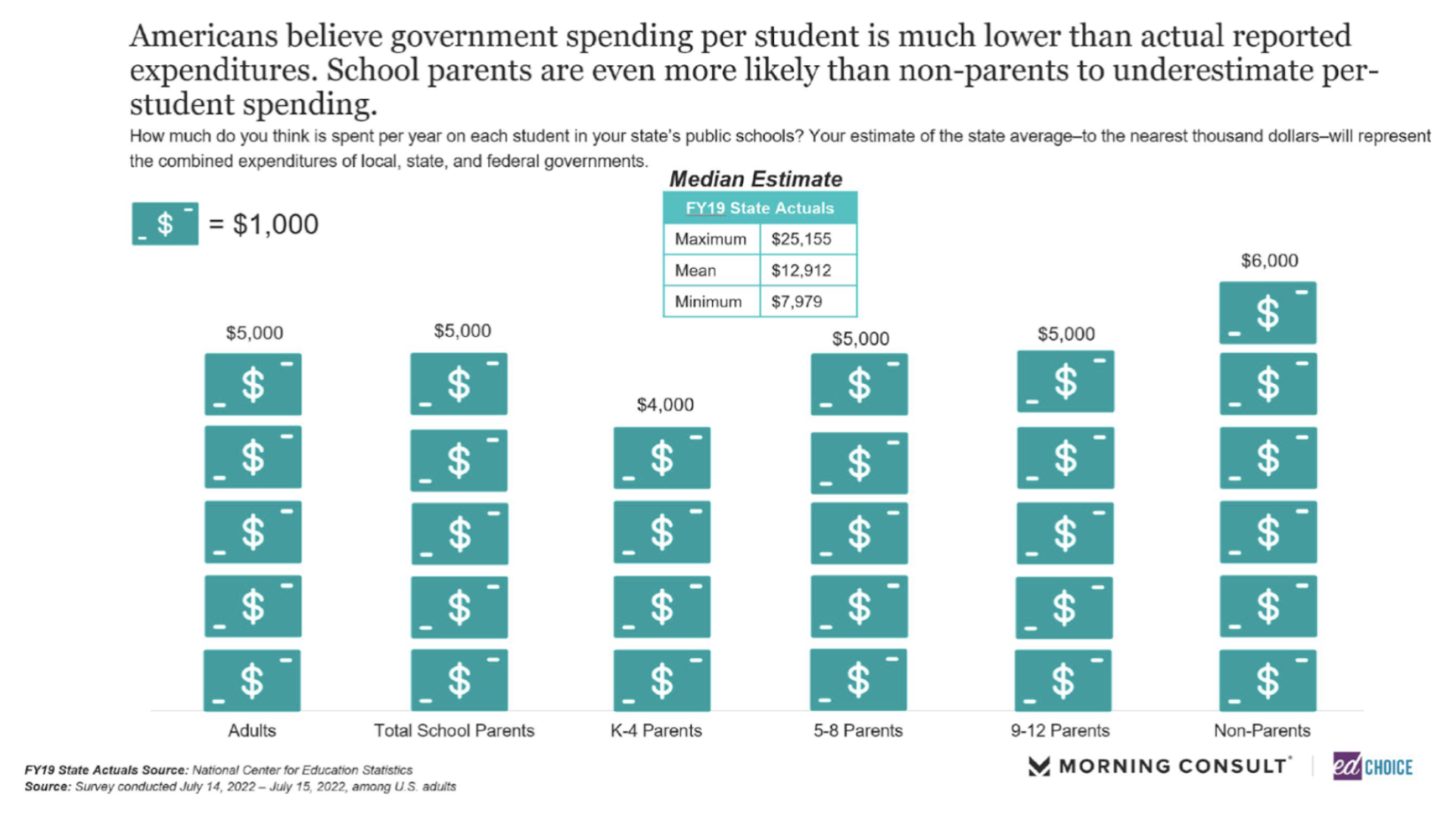Utah is often ridiculed by media and public school proponents for having the least amount of money spent per student for education. The state does consistently spend less per student when compared to other states, but that doesn’t tell the entire story.
Based upon percent of budget, Utah uses a higher percentage of its budget on education. Utah schools receive over $9 billion and spend $8.3 billion. Utah schools receive over $11,000 per student. Where does this money come from, and who decides how it is spent?
Weighted Pupil Unit (WPU)
The Utah Legislature spends a lot of time discussing the weighted pupil unit (WPU). It is estimated that the WPU in 2024 will be $4,280 per student, except not really.
You see there is a lot that goes into how much money is spent per student in the state. For example, a school will get two times the WPU for a student who is enrolled in special education. There are other exceptions, too.
Students in low income areas and students who speak English as a second language come with their own increase in WPU. Even where a school is located can increase the WPU. Rural schools receive an increase to the WPU, because they are considered necessarily existent small schools.
You might look at that WPU number and say, “Hey, $4,000 is not $11,000. Where does the rest of the money come from?” That is an excellent question.
What is This Line Everyone is Talking About?
The WPU is just one line item in Utah’s public education budget. There are multiple other expenditures in public education that the legislature discusses.
Some of the items are considered “above the line” and others are “below the line.” What is the line you ask? This is a literal line in the state public education budget chart. Anything above the line is typically at the school district’s discretion on how that money will be spent, while budget items below the line are for specific programs. Some of these below the line programs are for the arts or technology in the schools. The $4,280 of the WPU is all of the spending that is considered above the line.
But there is significant spending that happens below the line. This spending must be spent in a specific way in order for schools to receive the money. This includes the state teacher salary adjustment (which was increased last year to $8,400 per teacher), concurrent enrollment programs, early literacy programs, and many other items. In total, the 2024 estimated below the line spending will be $3,125 per student.
But that still isn’t $11,000. Correct! That is because we haven’t talked about property taxes.
$%@#! Property Taxes
Property taxes are another source of money for public schools in our state.
If you have ever looked at your property tax bill you will notice that the vast majority of the taxes go to public education. Some of that comes through what is called the basic levy. This levy is issued by the state and is the same percentage for every home in Utah. The state uses this money to fund part of the WPU, and is little over $700 per student in places like Park City, and $11 per student in Tintic School District. The state takes this money and uses it to equalize school spending across the state.
But your local school district can also charge you property taxes. There are thirteen different categories that school boards can use to levy property taxes. They range from capital outlay for buildings to recreation. Not all boards use all of the categories, but all of the school districts do charge some form of property tax.
Wait? There’s more?
There are a few more sources of money for schools that we haven’t discussed. These include the federal government, school fees, and the miscellaneous category. The federal government taxes pay for things like free and reduced lunch and for increased funding for low income schools through the Title I program.
Many schools charge fees for specific parts of the education experience. Elementary schools cannot charge fees for any program that is part of the regular school day, but middle schools, junior high schools, and high schools can charge class fees, school book rentals, and many other fees.
Finally, your local school will get some money from things like fundraisers, school pictures, soda machines, and other rental fees.
Now You Know!
Understanding how public schools are funded is incredibly important to be an informed citizen. Ed Choice did a poll a few years ago asking people how much they thought public schools were being funded. Parents were consistently and significantly under the reality of the average per pupil spending across the country.
Most parents think that schools receive about $5000 per student. The reality, even in Utah, is twice that amount. The average per student spending in Utah is just over $10,000 currently.
You are now better informed about public school spending. You may even think that public schools are still underfunded. But hopefully you can understand where schools get their money, and the reality of how much they are receiving per student.



